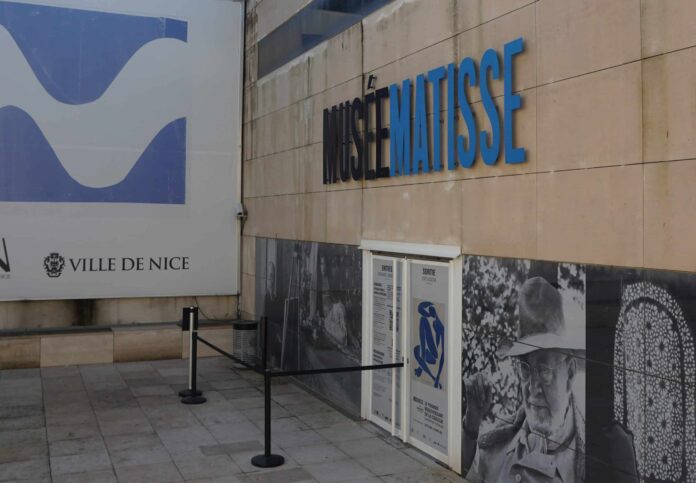The Matisse Museum of Nice has just acquired a 1905 drawing depicting an agave through purchase. This acquisition was realized with the support of the Friends of the Museum.
An artwork sheds light on a period still underrepresented in the Nice collections. The Matisse Museum recently added to its collection a drawing by Henri Matisse, dated 1905. Titled Study of Agave, this work on paper, in pencil, complements an already extensive graphic assemblage dedicated to the exploration of plants. It features American agave leaves, depicted with precision and simplicity.
The purchase was made possible thanks to the financial support of the Friends of the Matisse Museum Nice Association. It was also supported by l’Étude SCP Arnaud – Franco – Pernès, notaries associated with Nice.
This drawing joins a corpus of about two hundred sheets preserved by the museum. The Mayor of Nice, Christian Estrosi, hails an initiative that, according to him, strengthens the museum’s positioning as an “ambassador of a major metropolis in Europe and on the international stage.”
The work is currently visible as part of the exhibition Matisse Mediterranean(s), organized for the 2025 Biennial of Art. Labeled as of national interest, this exhibition offers a reinterpretation of Matisse’s work through the lens of his Mediterranean ties.
The Plant as a Central Theme
Study of Agave documents a period less represented in the museum’s collections: the year 1905, marked by the discovery of Collioure. At that time, Matisse created numerous sketchbook drawings. He observed the often Mediterranean vegetation with a particular focus on shapes and rhythms.
In his representations, Matisse simplified volumes, eliminated veins, and accentuated curves. He sought to convey the twirling movements of plants, their internal dynamics. The agave, with its thick and rigid leaves, allowed for this type of exploration.
The addition of this work to the museum’s collection reinforces an already structuring axis: the artist’s relationship with nature. Vegetal elements are omnipresent, from the Vase with Daisies (1897) to Flowers and Fruits (1952-1953), including Fig Tree Branch (1948) and The Plane Tree (1951).
This approach is also supported by a long-term conservation effort. The museum’s graphic art department, established in 2003, plays a central role in this mission. It provides access to rarely exhibited works, often fragile, while ensuring their preservation. A comprehensive catalog of the collection is currently in preparation.
This acquisition is also part of a dynamic sustained by the Friends of the Museum. In recent years, the association has contributed to the acquisition of several major works and publications for the collections, notably Poésies, a book illustrated by Matisse acquired in 2023.
With Study of Agave, the museum continues to highlight the link between the artist and natural forms. A subtle yet constant connection that runs throughout Matisse’s work.


